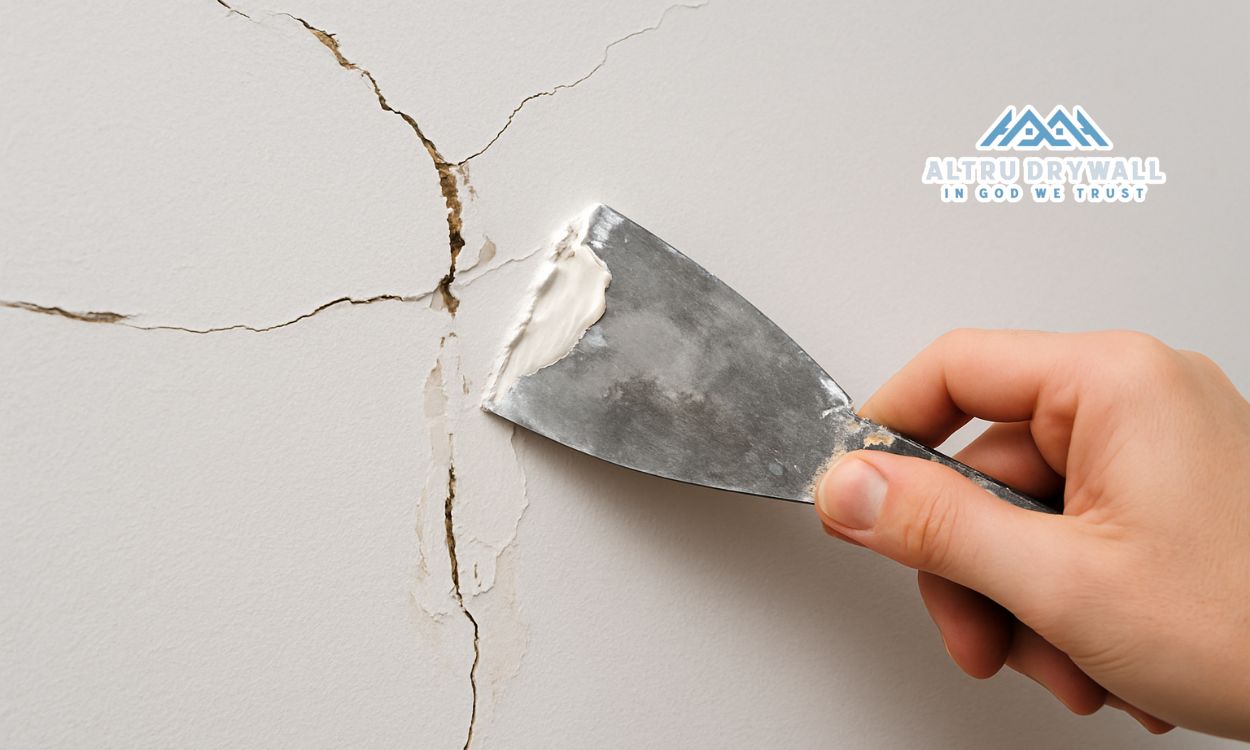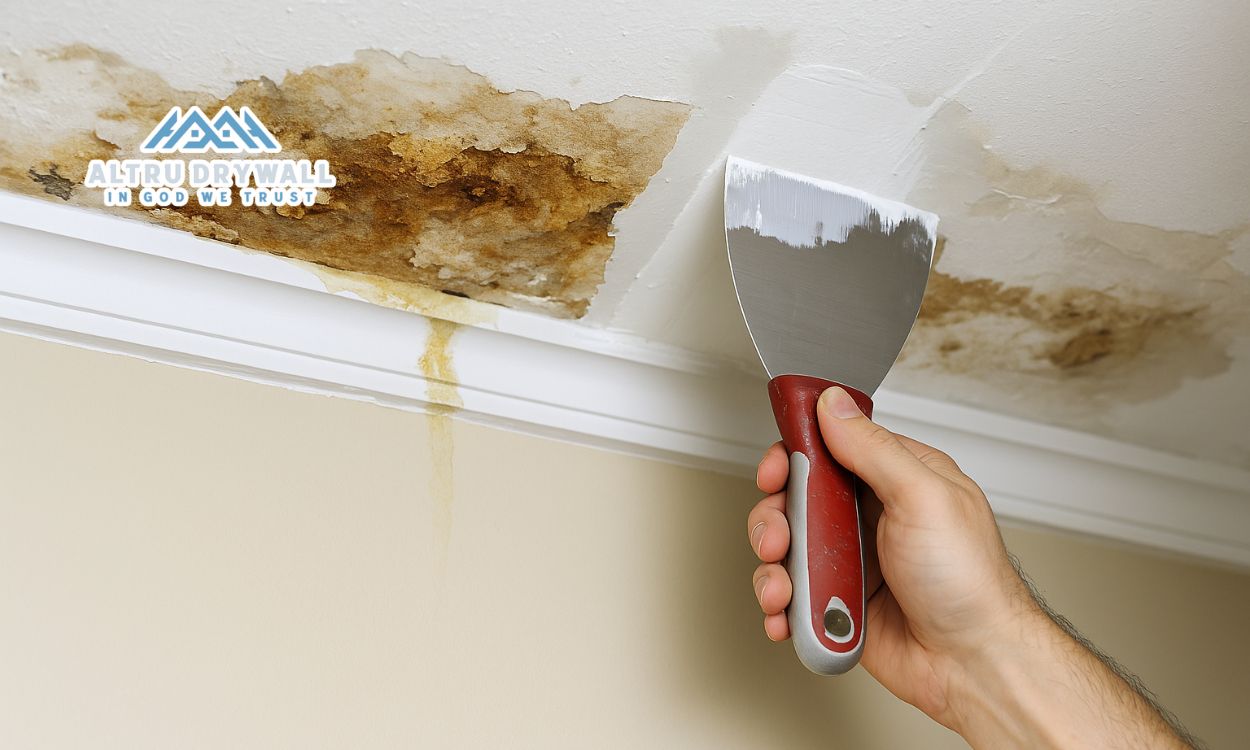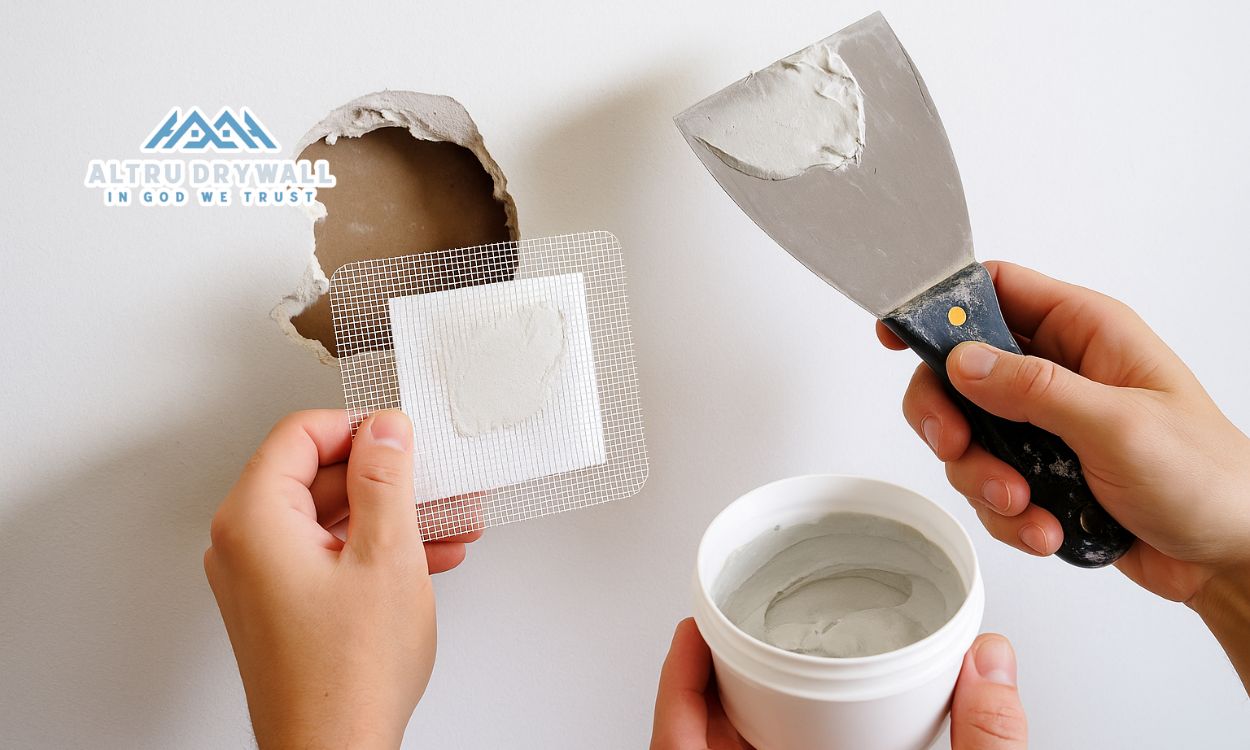Fixing a big hole in your drywall may feel overwhelming at first, especially if you’ve never done it before. But don’t worry—with the right approach, tools, and a bit of patience, you can absolutely manage it on your own. This comprehensive guide will walk you through every phase of the repair, from cutting the patch to applying the final coat of paint. You’ll learn how to patch a large hole in drywall using reliable, cost-effective DIY techniques—no contractor or prior experience required.
Why Patch a Large Drywall Hole Yourself?
- Save on Costs: Doing the drywall repair yourself can save you significant money compared to hiring a contractor.
- Quick Fixes: You can fix holes on your own time with a few affordable supplies.
- Build Your Skills: Repairing drywall is an excellent home improvement project to boost your DIY confidence.
- Minimal Tools Needed: Most of the tools required are already in your basic toolkit or easily accessible at your local hardware store.
Tools & Materials You’ll Need
- Drywall patch or fresh drywall piece
- Utility knife or drywall saw
- Joint compound (mud)
- Drywall tape
- Putty knife
- Sanding block or sponge
- Screws and wood backing (for larger holes)
- Measuring tape and pencil
- Paint and primer (optional but recommended)
Step 1: Prepare the Damaged Area
Use a sharp utility knife or drywall saw to clean up the hole by shaping it into a neat square or rectangle. Clean edges make it much easier to fit your patch seamlessly.
Pro Tip:
Outline a square using your measuring tape and pencil before cutting—precision matters here!
Step 2: Cut a Drywall Patch
Measure the hole carefully and cut a drywall patch to match. It’s better to cut slightly larger and trim down to fit snugly.
Step 3: Install Support Backing
For large holes, insert a wooden backing piece (like a scrap of 1×2) behind the drywall hole. Screw it into the surrounding drywall and then screw your patch into the wood. This keeps your patch flush and stable.
Step 4: Tape the Seams
Apply drywall tape around the seams of your patch to bridge the gap between the new and old drywall. This is key to achieving a professional-looking blend.
Step 5: Apply Joint Compound
Spread joint compound over the tape and patch area. Feather the edges out gradually to make a smooth transition into the rest of the wall. Apply in thin layers and let each layer dry fully before applying the next.
Step 6: Sand Until Smooth
Once the joint compound is completely dry, sand the area with a sanding sponge or fine-grit block. Aim for a perfectly flush, smooth finish. Be cautious not to oversand and damage the surface.
Step 7: Prime and Paint
After sanding, apply primer to the patched area, then finish with paint that matches your wall. Once dry, your wall should look brand new.
Common Mistakes to Avoid
- Skipping the wood support: Without backing, large patches won’t stay secure.
- Using too much joint compound: Multiple thin coats give better results than one thick layer.
- Sanding too early: Letting the compound dry fully is crucial for a smooth finish.
- Not cleaning the area: Dust or debris can compromise adhesion and finish.
DIY Drywall Repair Tips
- Always wear gloves, a dust mask, and safety goggles when sanding.
- Work in a well-ventilated space.
- Keep extra compound and tape handy in case you need touch-ups.
- Don’t rush—take your time for the best results.
When to Call a Professional
If you suspect structural damage, mold, water issues, or have repeated problems in the same area, it’s wise to call an expert. Altru Drywall provides reliable and professional drywall repair services throughout New Jersey, helping homeowners restore walls to like-new condition.
Final Thoughts: Drywall Repair for Beginners
Fixing drywall isn’t just cost-effective—it’s empowering. Now that you know how to patch a large hole in drywall without professional help, you have the tools and confidence to handle similar home improvement tasks in the future. Just follow each step carefully, work with patience, and your wall will look flawless in no time.
Need help or a second opinion? For more drywall repair tips or to schedule professional services, visit Altru Drywall.







